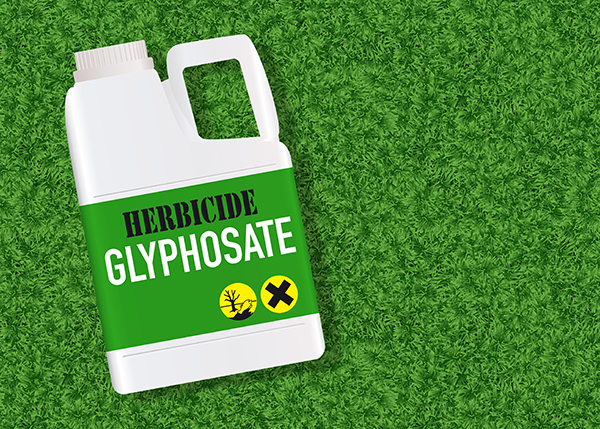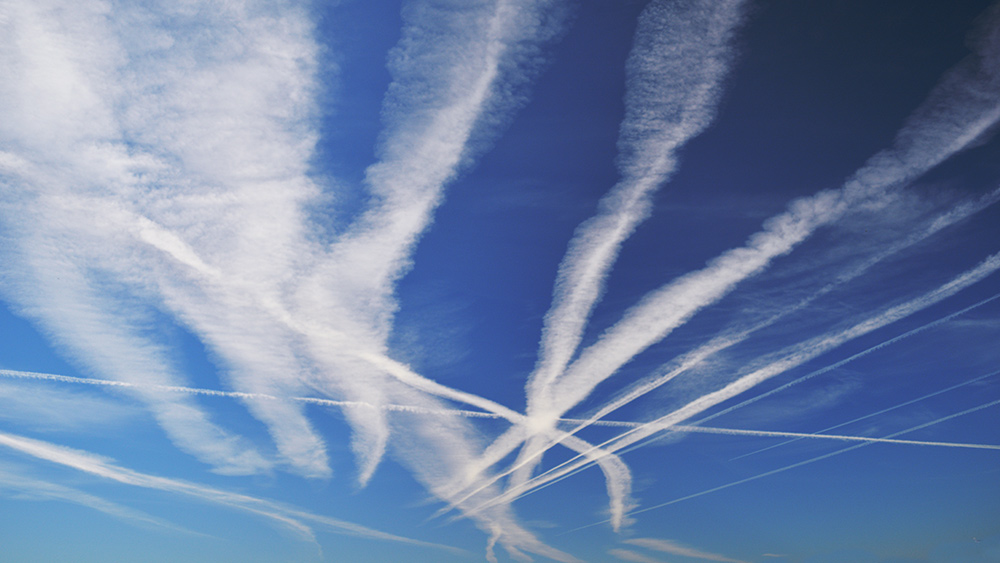More infrastructure sabotage? Air quality in Louisiana is being monitored after multiple explosions rock Dow Chemical Plant
07/19/2023 / By Belle Carter

Iberville Parish Sheriff Brett Stassi confirmed that six distinct explosions were detected at the glycol unit of Dow Chemical Plant in Plaquemine, Louisiana at around 9:30 p.m. on Friday, July 14. According to the chemical manufacturing plant officials, no injuries were reported and all employees have been accounted for after the emergency response teams and firefighters reported they had the flames under control by around 11 p.m.
“Dow’s Emergency Operations Center is working closely with local and state agencies to respond to the incident on our Louisiana Operations site. All personnel are safe and accounted for. Air monitoring has not detected hazardous materials in the air,” Dow Louisiana operations officials said and assured that the company continues to conduct air monitoring along with LDEQ and a third party.
?#BREAKING: Massive explosion reported at the Dow Chemical Plant
There has been a massive explosion at the Dow Chemical Plant in Plaquemine, Louisiana. Emergency crews and other agencies are currently responding to the situation. Officials are… pic.twitter.com/YVMkxz6SzU
— R A W S A L E R T S (@rawsalerts) July 15, 2023
Six fiery explosions at a chemical plant lit up the skyline near Louisiana’s capital. The blasts happened late Friday at the Dow Chemical Facility. The company says it has not detected hazardous materials in the air. pic.twitter.com/R6308Ro33z
— CBS Saturday Morning (@cbssaturday) July 15, 2023
A small flame was reported to be still burning at the facility along the Mississippi River on the morning of Saturday, July 15, according to local news station WAFB.
“Dow leaders have advised our office that it is safe to lift the shelter in place. Dow’s emergency services will continue to mitigate the fire,” a post from Iberville Parish indicated early Saturday after more than 350 households were forced to shelter in place overnight. They were told to shut off their air conditioners by local authorities.
Stassi said that everything is back to normal as of Saturday morning, but it could’ve been a lot worse. “We could’ve had a loss of life,” he added. “They may have had a little trouble with a pump earlier that day, and they don’t know if that pump failed to cause a spark and cause the explosion … they’re not sure because everything is still on the front end.”
Dow’s Gylcol 2 Unit, where the incident occurred, makes and handles the potent flammable and explosive chemical, ethylene oxide, parish officials said. The substance is a human carcinogen with years of exposure, federal authorities state.

Explosions across America over the past few years are killing the air
Meanwhile, ABC affiliate and Baton Rouge’s only locally owned and operated television news source WBRZ reported that there was also a major chlorine leak at the Olin plant on that same property that also forced residents in Plaquemine to shelter inside their homes last year. The said 2022 leak sent 39 people to hospital, mostly with mild symptoms. Parish President Mitch Ourso later criticized the plant’s response to that situation, saying the company initially misrepresented just how dangerous the situation really was. The same Olin facility was previously cited for failing safety checks in the past.
On March 1, a metal fabricator plant in Cleveland, Ohio broke out in fire, with multiple explosions going off in the process. The fire caused nitrogen and propane explosions that unleashed fine particulate matter and unknown byproducts into the surrounding air. Lieutenant Mike Norman said officials did not know how the fire started, “but there were several explosions as we responded.”
Just a month prior, on February 18, explosions also occurred at a Cleveland-Cliffs boiler in Warren, Ohio. Two days after, there were reports of a fire and explosion at I. Schumann & Co, a manufacturing company in Oakwood, Ohio. And no one would forget about the infamous bona fide chemical disaster of the vinyl chloride “controlled burn” from a major train derailment in East Palestine Ohio.
But the state of Ohio is not the only state which seems to be under attack and the Biden administration is making it appear as a normal “phenomenon.” According to former Environmental Protection Agency Office of Land and Emergency Management Assistant Administrator Mathy Stanislaus, who was in charge of programs responsible for cleaning up hazardous waste sites and chemical plant safety, “These kinds of hidden disasters happen far too frequently.”
Stanislaus cited that during the first seven weeks of 2023, more than 30 incidents were registered by the Coalition to Prevent Chemical Disasters, equating to a rate of one incident approximately every day and a half. Last year, the overall number of incidents reported was 188, which represented a rise over the 177 noted in 2021.
Among the incidents the coalition has recorded was a spill of caustic materials at a California recycling facility in September, which caused nine people to be hospitalized and 300 to be evacuated. In Hawaii, a fuel leak caused some people to become ill and contaminated drinking water, and the situation was exacerbated when 1,100 gallons of toxic firefighting foam subsequently spilled out of a Navy storage facility. In another incident, residents were ordered to shelter in place by authorities following an explosion and fire at a Louisiana petrochemical plant.
December 2022 saw multiple incidents, including a biodiesel plant explosion in Iowa that forced evacuations and injured 10 people. In Kansas, a large pipeline ruptured the same month, sending 588,000 gallons of diluted bitumen crude oil into the land and waterways; cleanup is expected to cost $480 million.
Bookmark Disasters.news for stories similar to this.
Sources for this article include:
Submit a correction >>
Tagged Under:
This article may contain statements that reflect the opinion of the author




















